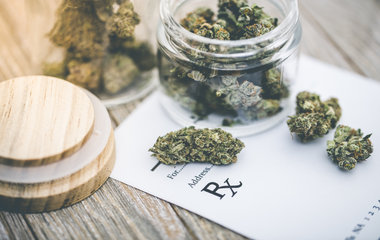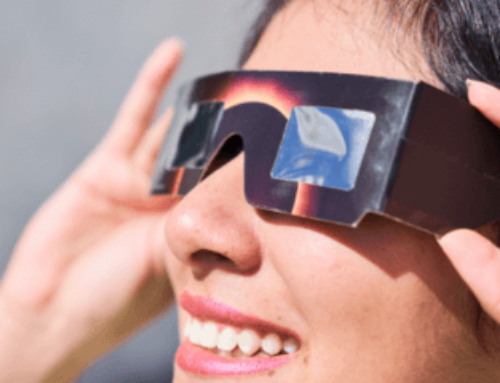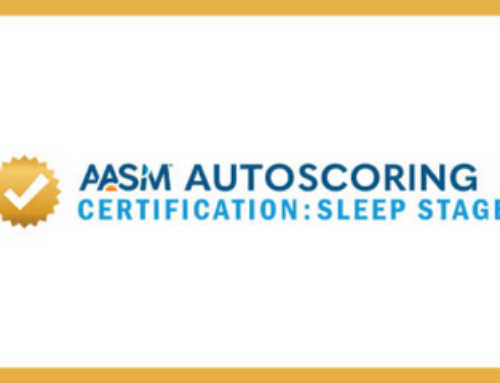DARIEN, IL – Medical cannabis and synthetic marijuana extracts should not be used for the treatment of obstructive sleep apnea, according to a position statement from the American Academy of Sleep Medicine (AASM).
In November 2017 the Minnesota Department of Health announced the decision to add obstructive sleep apnea as a new qualifying condition for the state’s medical cannabis program. However, the AASM has concluded that sleep apnea should be excluded from the list of chronic medical conditions for state medical cannabis programs due to unreliable delivery methods and insufficient evidence of treatment effectiveness, tolerability and safety.
“Until we have further evidence on the efficacy of medical cannabis for the treatment of sleep apnea, and until its safety profile is established, patients should discuss proven treatment options with a licensed medical provider at an accredited sleep facility,” said lead author Dr. Kannan Ramar, professor of medicine in the division of pulmonary and critical care medicine at Mayo Clinic in Rochester, Minnesota.
The position statement is published in the April 15 issue of the Journal of Clinical Sleep Medicine.
Nearly 30 million adults in the U.S. have obstructive sleep apnea, a chronic disease that involves the repeated collapse of the upper airway during sleep. Common warning signs include snoring and excessive daytime sleepiness. After early animal studies demonstrated that the synthetic cannabis extract dronabinol improved respiratory stability, recent studies in humans have explored the potential use of dronabinol as an alternative treatment for sleep apnea.
However, dronabinol has not been approved by the U.S. Food and Drug Administration for the treatment of sleep apnea, and its long-term tolerability and safety are still unknown. Furthermore, there have been no studies of the safety and efficacy of other delivery methods such as vaping or liquid formulation. Treatment with the use of medical cannabis also has shown adverse effects such as daytime sleepiness, which may lead to unintended consequences such as motor vehicle accidents.
“Until there is sufficient scientific evidence of safety and efficacy, neither marijuana nor synthetic medical cannabis should be used for the treatment of sleep apnea,” said AASM President Dr. Ilene Rosen. “Effective and safe treatments for sleep apnea are available from licensed medical providers at accredited sleep facilities.”
There are more than 2,500 AASM-accredited sleep facilities across the U.S. Treatment options for sleep apnea include CPAP therapy, which uses mild levels of air pressure, provided through a mask, to keep the throat open while you sleep.
To request a copy of the statement, “Medical Cannabis and the Treatment of Obstructive Sleep Apnea: An American Academy of Sleep Medicine Position Statement,” or to arrange an interview with the lead author or an AASM spokesperson, please contact the AASM at 630-737-9700, or media@aasm.org.
The monthly, peer-reviewed Journal of Clinical Sleep Medicine is the official publication of the American Academy of Sleep Medicine, a professional membership society that improves sleep health and promotes high quality, patient-centered care through advocacy, education, strategic research, and practice standards (aasm.org). The AASM encourages patients to talk to their doctor about sleep problems and visit SleepEducation.org for more information about sleep, including a searchable directory of AASM-accredited sleep centers.









